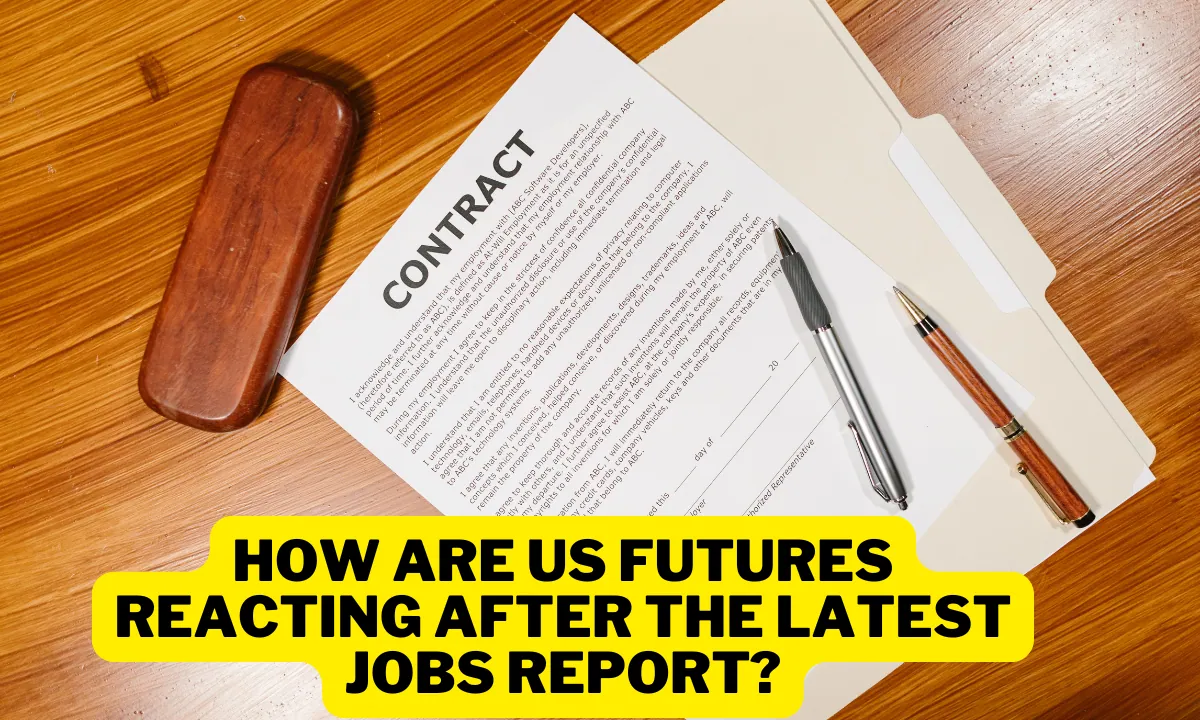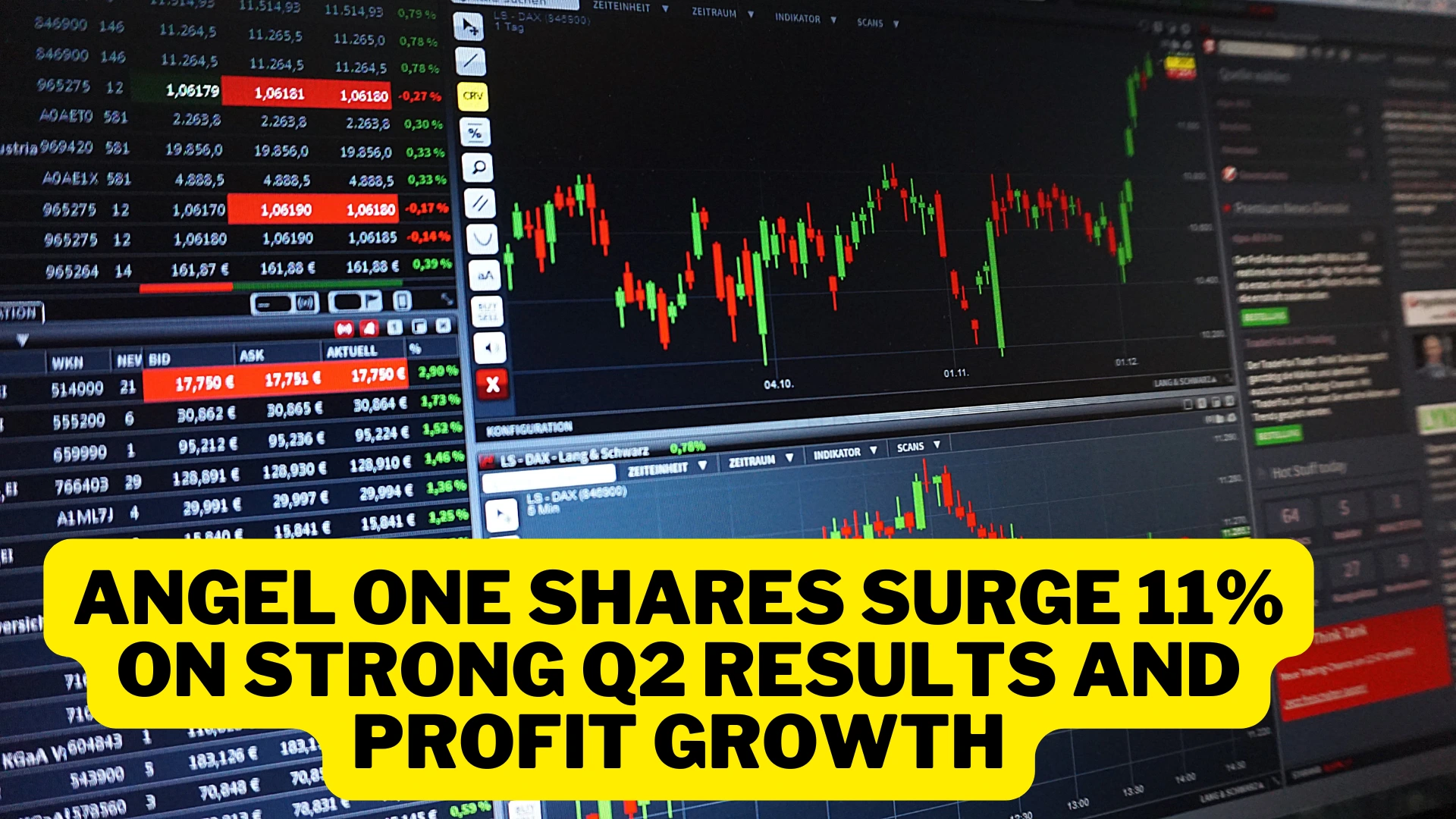US stock futures surged on Friday as investors digested the latest monthly jobs report, which showed that hiring in the US remains robust.
Despite broader concerns about global events, such as the Middle East conflict and the resolution of a US port strike, market sentiment was positive following the report.
Market Response to the Jobs Report
Following the release of the September jobs report, stock futures moved higher. The report exceeded expectations, with the US economy adding 254,000 jobs last month, while the unemployment rate dipped to 4.1%.
This reinforced the idea that the labor market remains strong, even amid signs of a slowdown.
Key futures indexes reacted as follows:
- S&P 500 futures (ES=F) rose by 0.5%.
- Dow Jones Industrial Average futures (YM=F) added around 0.3%.
- Nasdaq 100 futures (NQ=F), focused on tech stocks, saw a 0.7% increase.
The positive employment numbers offered reassurance to investors, showing that the economy continues to add jobs at a healthy pace despite potential headwinds.
Shift in Federal Reserve Rate Cut Expectations
The strong jobs data shifted market expectations regarding the Federal Reserve’s next move on interest rates.
Before the report, there was speculation about whether the Fed would implement a 0.25% or 0.50% rate cut.
With the robust labor market figures, over 90% of investors now believe that the Fed will opt for a smaller 0.25% rate cut in the upcoming meeting, according to the CME FedWatch Tool.
This shift reflects a more cautious approach from the Federal Reserve, balancing the need to combat inflation while maintaining economic growth.
Stocks Aim to Recover Weekly Losses
After a turbulent week, major stock indices appear poised to recover some losses. As of Thursday’s close, the S&P 500 and Dow Jones were both down by around 1% for the week, but they remain close to their record highs.
The futures market’s upward momentum suggests that investors are optimistic about the ability to regain ground lost earlier in the week.
External Factors Affecting Markets
Several external factors continue to weigh on the market, including the Middle East conflict, labor strikes, and the impact of Hurricane Helene.
- Middle East Crisis: Tensions in the Middle East have escalated, with Israeli airstrikes on Beirut driving concerns about a wider conflict. Western leaders have warned of the risk of an “uncontrollable escalation,” and investors are watching to see if Israel might strike Iran’s oil facilities. President Joe Biden has acknowledged that this is under discussion, which could further affect global oil prices.
- Oil Price Surge: Oil prices have soared in response to the geopolitical tensions. Brent crude (BZ=F) and West Texas Intermediate (CL=F) futures both climbed over 1% on Friday morning, after a 5% spike the previous day. Oil is now on track for its biggest weekly gain in two years, as fears over supply disruptions grow amid the ongoing conflict.
- US Dockworkers Strike: In a positive development for the US economy, the US dockworkers strike came to an end after a tentative wage agreement was reached late Thursday. Although some details still need to be resolved by the end of the year, this has alleviated some concerns about potential supply chain disruptions, helping to stabilize market sentiment.
Conclusion: Resilient Markets Amid Global Uncertainty
US futures responded positively after the release of the September jobs report, with the labor market showing surprising strength.
While the global backdrop remains fraught with risk—ranging from Middle East tensions to inflationary pressures—investors seem cautiously optimistic.
The market is looking to rebound from weekly losses, buoyed by the stronger-than-expected jobs data and the resolution of key domestic labor disputes.
However, ongoing geopolitical concerns and rising oil prices remain potential headwinds that could impact market volatility in the coming weeks.
Investors will continue to monitor both the Federal Reserve’s actions and developments in the Middle East, as these will be crucial factors influencing future market movements.










